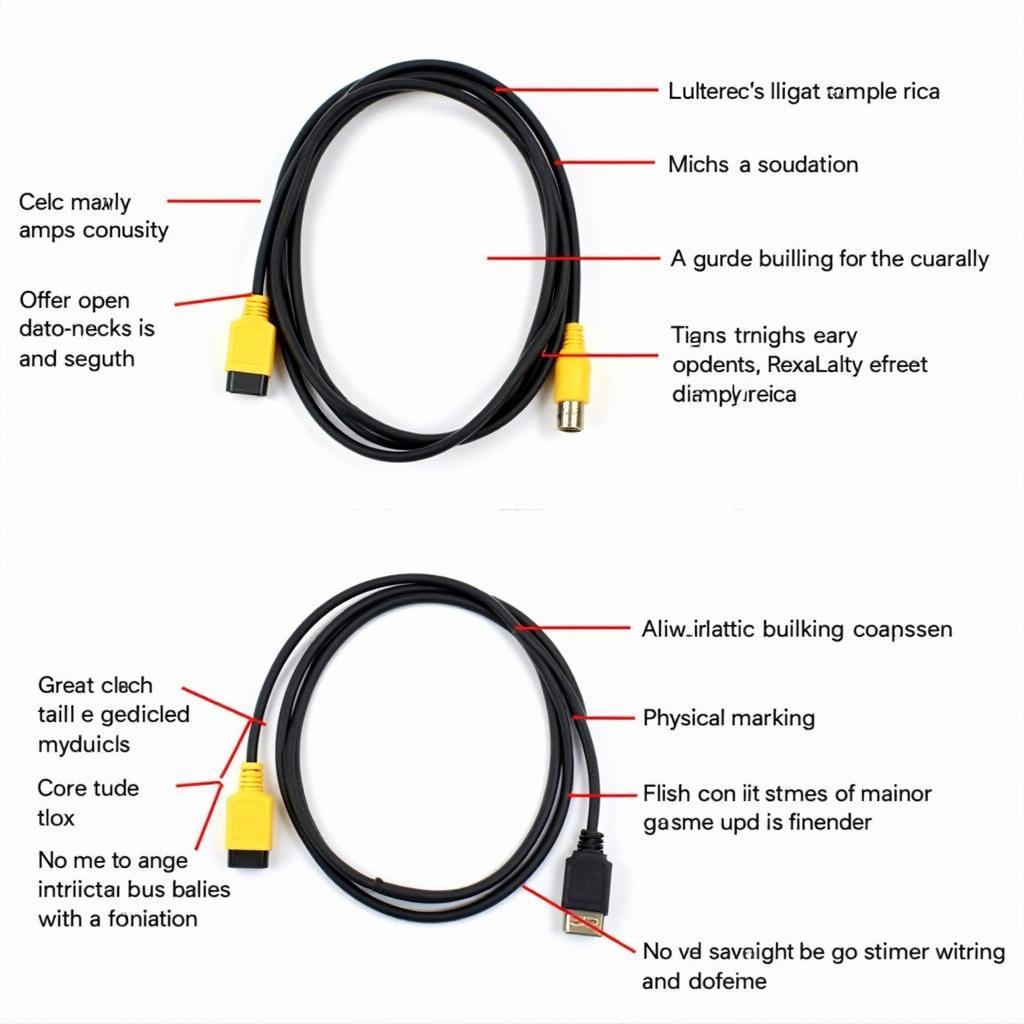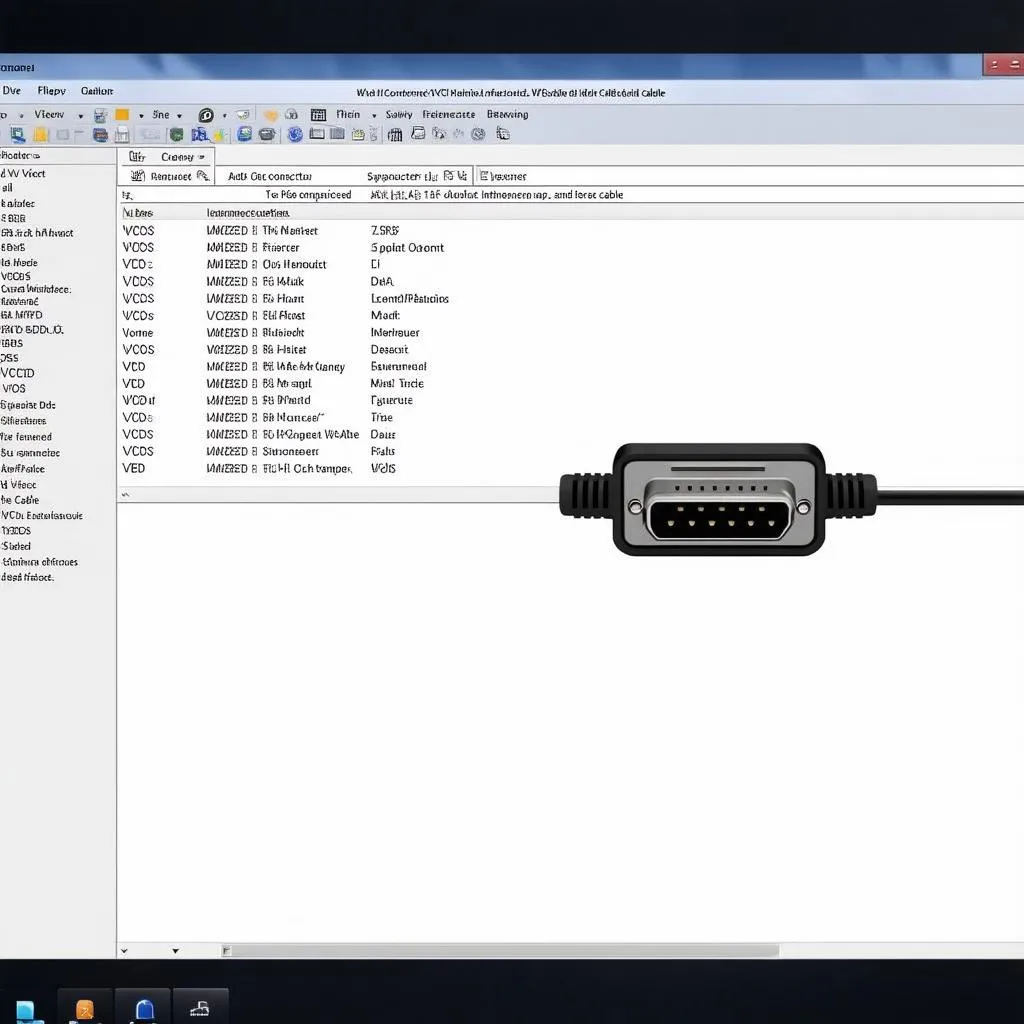Can you make VCDS full screen? This is a common question among automotive technicians and DIY enthusiasts alike. The ability to maximize the VCDS interface can significantly enhance the diagnostic process, providing a clearer view of data and making navigation easier. Let’s dive into the details of VCDS screen optimization and how it can benefit your workflow. After reading this, you’ll have a much better understanding of how to configure your VCDS setup for optimal use. More screen real estate often translates to more efficient diagnostics.
Many users find the default VCDS window size restrictive, especially when working with complex diagnostic procedures or multiple data points. Maximizing the screen can improve readability and allow for a more comprehensive view of the information presented by the software. For example, comparing multiple sensor readings simultaneously becomes much easier with a full-screen view. Want more control over your VCDS options? Check out our guide on vcds options.
Maximizing VCDS: Tips and Tricks
While VCDS doesn’t have a dedicated “full-screen” button like some applications, there are several ways to achieve a similar effect. These methods range from simple window resizing to using external display configurations. The best approach depends on your specific setup and preferences.
Window Resizing
The simplest method is to manually resize the VCDS window by dragging the corners to fill your entire screen. This works well for most users and requires no additional software or hardware. However, it’s important to remember that some screen resolutions might cause certain elements within the VCDS interface to appear stretched or distorted.
External Displays
For a truly immersive experience, consider connecting your laptop to an external monitor. This allows you to dedicate the larger screen to VCDS, while keeping other applications open on your laptop’s screen. This setup is ideal for professional technicians who frequently use VCDS and require maximum screen space.
Virtual Machines
Some users run VCDS within a virtual machine. In this case, the full-screen mode of the virtual machine itself can be used to maximize the VCDS interface. This method requires some technical expertise but can be very effective, especially for users running VCDS on operating systems not officially supported by Ross-Tech. Ever wondered about using VCDS on an iPad? Learn more about ross tech vcds ipad.
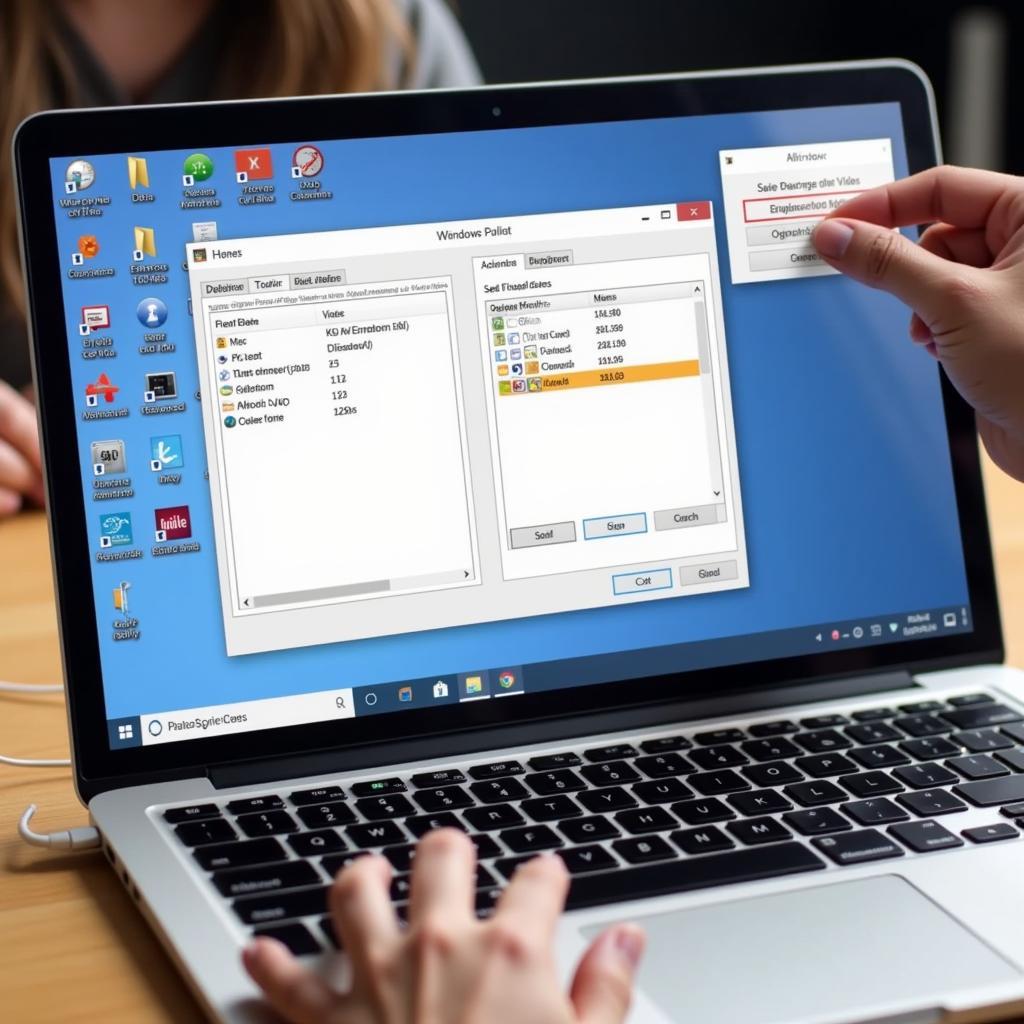 VCDS Full Screen Window Resizing
VCDS Full Screen Window Resizing
Why Full Screen Matters: Benefits for Diagnostics
The benefits of using VCDS in a maximized view extend beyond mere convenience. A larger interface can significantly improve the efficiency and accuracy of your diagnostic work.
Enhanced Readability
A full-screen view makes it easier to read diagnostic data, especially on smaller laptop screens. This can be crucial when dealing with complex fault codes or live data streams. Larger fonts and clearer graphs make it easier to interpret the information quickly and accurately.
Improved Navigation
Navigating through the various modules and functions of VCDS is more intuitive when you have a full view of the interface. All the menus and options are readily visible, minimizing the need for scrolling or resizing windows. Understanding where the system mode is within VCDS is essential for navigation. Explore our guide on where is the system mode on vcds.
Multitasking
With a larger display, you can easily compare multiple data points side-by-side, which can be invaluable when diagnosing complex issues. This also allows you to keep other relevant information, such as wiring diagrams or technical documentation, visible on a secondary monitor.
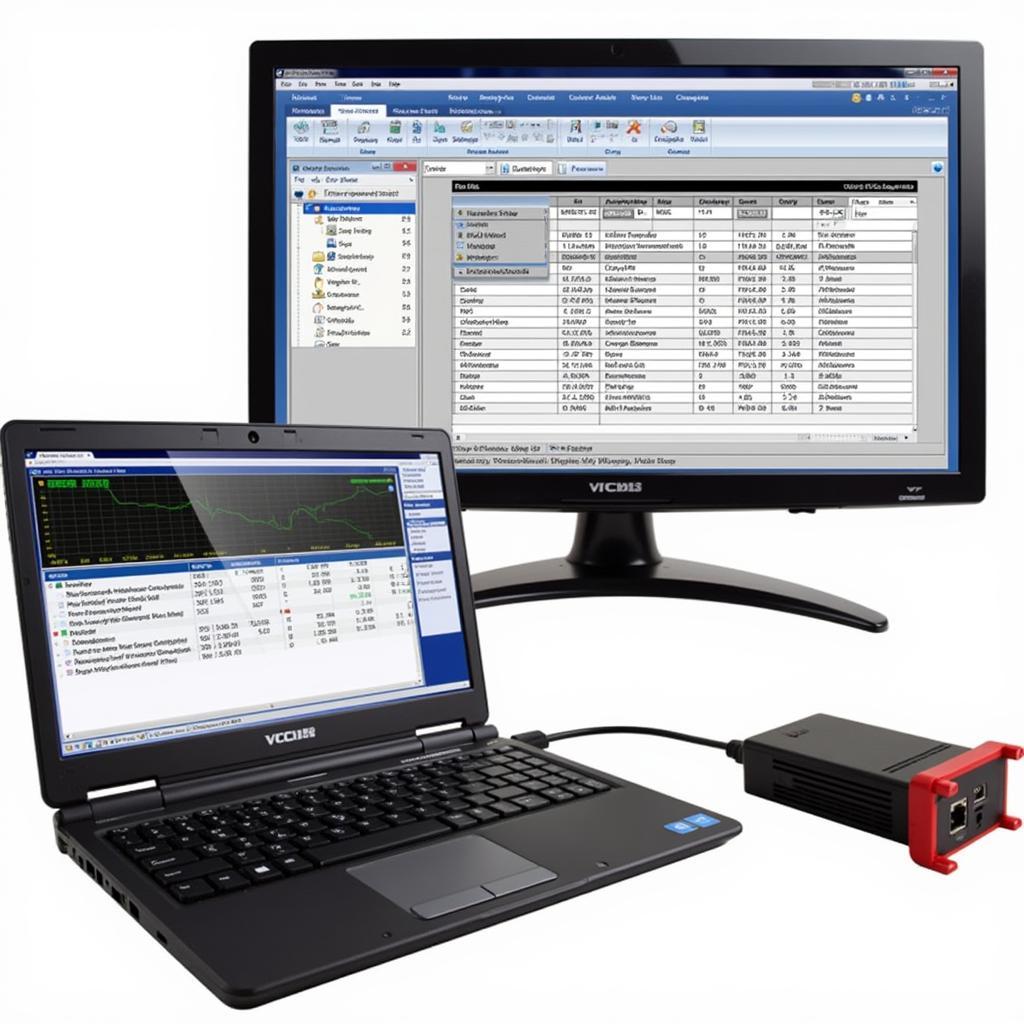 VCDS Full Screen External Display
VCDS Full Screen External Display
Common Scenarios and Solutions
Let’s explore some common situations where maximizing VCDS can be particularly beneficial:
- Complex Fault Code Analysis: When dealing with multiple or interconnected fault codes, a full-screen view allows you to see all the relevant information at a glance, facilitating faster diagnosis.
- Live Data Monitoring: A larger display makes it easier to monitor multiple live data parameters simultaneously, revealing patterns and anomalies that might be missed on a smaller screen.
- Advanced Procedures: Procedures like vcds throttle adaptation or vcds clutch adaptation often require careful monitoring of multiple values. A full-screen view simplifies this process and reduces the risk of errors.
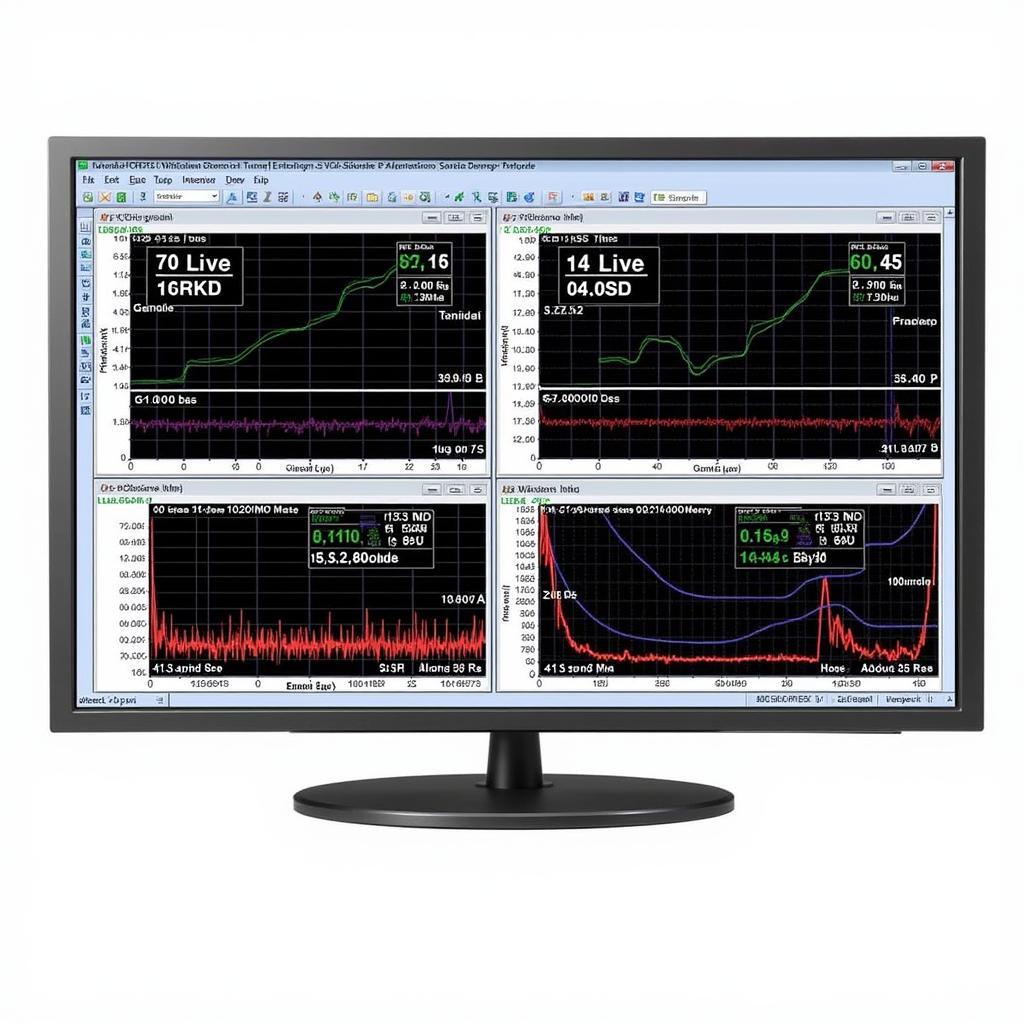 VCDS Full Screen Live Data Monitoring
VCDS Full Screen Live Data Monitoring
In conclusion, while VCDS doesn’t have a dedicated full-screen button, maximizing its window or using an external monitor can significantly improve your diagnostic workflow. The benefits of enhanced readability, improved navigation, and better multitasking make it a worthwhile optimization for any VCDS user. Can you make VCDS full screen? Yes, you can, and you should!
FAQ
- Does VCDS have a dedicated full-screen mode? No, but the window can be maximized.
- Can I use VCDS on an external monitor? Yes, this is a recommended setup for professional use.
- What are the benefits of using VCDS in full screen? Improved readability, navigation, and multitasking.
- How do I maximize the VCDS window? Drag the corners of the window to fill the screen.
- Can I run VCDS in a virtual machine and use full-screen mode? Yes, this is possible.
- Is it better to use an external monitor or resize the window? An external monitor is generally preferred for better viewing.
- Will maximizing the VCDS window distort the interface? It might at some screen resolutions.
For further support contact us via Whatsapp: +1 (641) 206-8880, Email: CARDIAGTECH[email protected] or visit us at 276 Reock St, City of Orange, NJ 07050, United States. We offer 24/7 customer support. We also have other articles available on our website addressing various VCDS-related topics. You might be interested in learning more about VCDS module identification or advanced coding procedures. Feel free to explore our resources and contact us with any questions.

